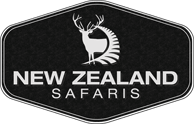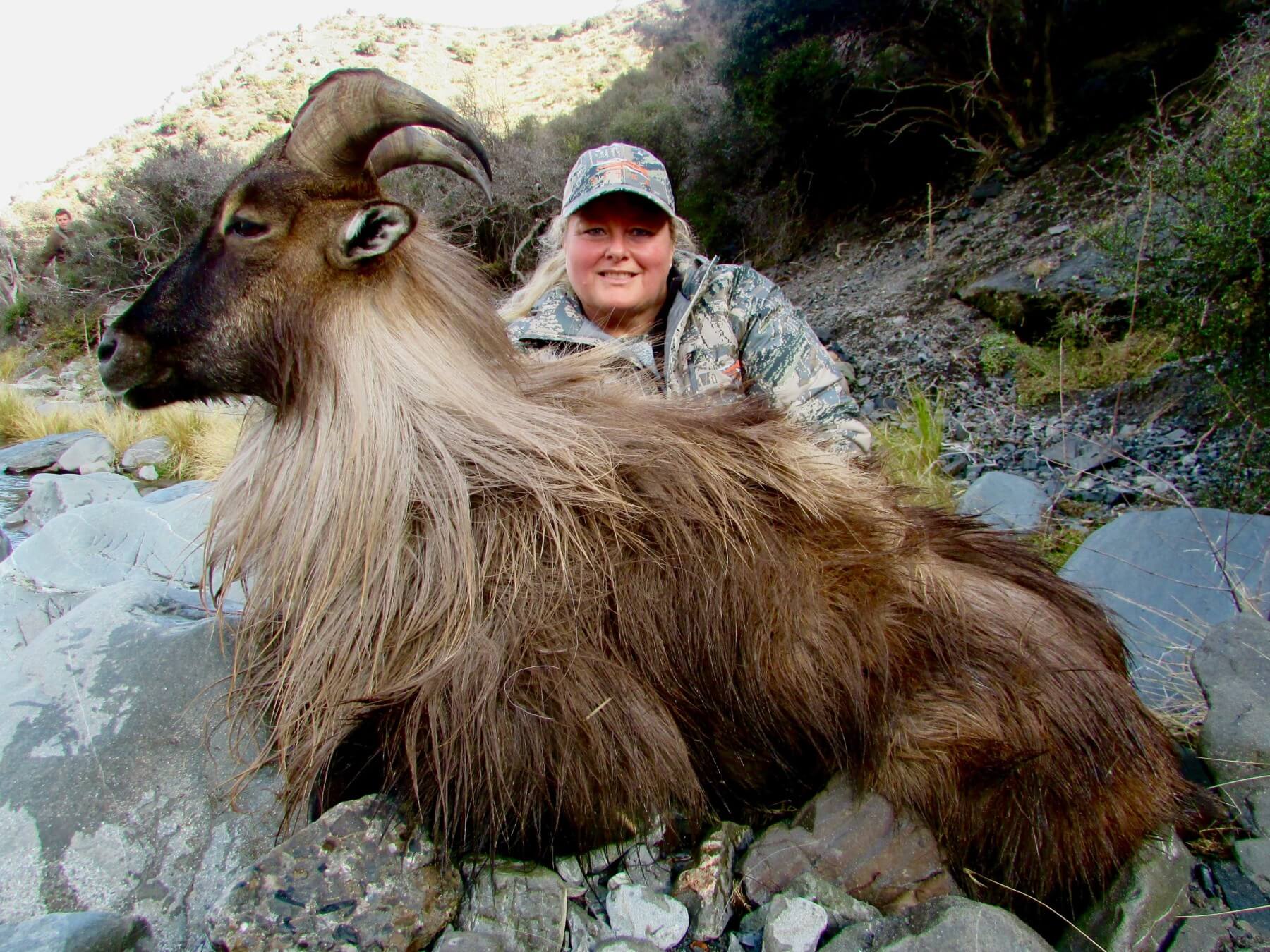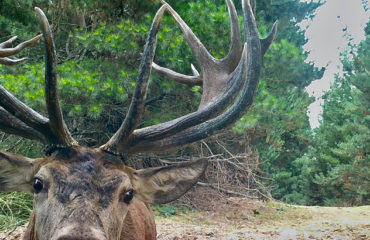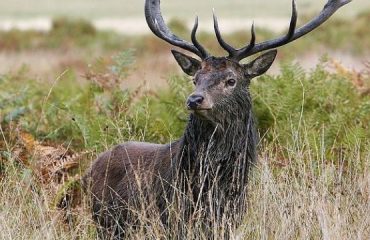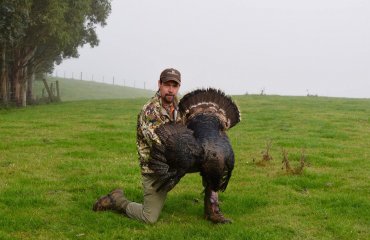What is a tahr?
A Tahr (Hemitragus jemlahicus) are large goat-like animals, native to the central Himalayan ranges of India and Nepal. In New Zealand tahr are found in the central Southern Alps between about the Rakaia and Whitcombe valleys in the north to about Lake Hawea in the south. The main population today of Tahr still exist around the Mt Cook area in the central South Island.
Tahr are also known as and called Himalayan Tahr. Tahr are originally from Nepal they were gifted to New Zealand over 100 years ago for sport They have found the Southern Alps of the South Island ideal habitat. The Himalayan Tahr was introduced to the central South Island of New Zealand. Specifically the Mt Cook area which also happens to be the home of New Zealand Safaris.
Tahr are generally found in the alpine grassland zone, where they graze on snow tussocks, alpine herbs and sub-alpine shrub-land plants.
The male tahr’s summer coat is a reddish-brown, females a medium brown, both turning dark brown in winter. The bull tahr has an impressive mane of long hair around the neck and shoulders.
Tahr are popular with recreational and international hunters for their horns, the male’s striking mane, and for the experience of this mountain like goat hunt.
Tahr are social animals and form easily recognisable groups. Adult females, yearlings and kids gather together, males over 4 years form bachelor groups, and younger males hang out together in separate, smaller groups. Males mix in with the females in their range over the winter breeding season but during the summer months they often travel long distances away from the female groups. A mature male is considered 6 years or older which you can count by his rings on his horns which is a trophy Bull. Tahr can be hunted both on government land or private land. With the culling operations that are presently happening hunters after a quality experience have now learnt that private land is far more successful in taking mature trophy Bulls with a recognised outfitter like New Zealand Safaris, over hunting against other hunters and helicopters on public lands in the same areas.
A male Bull Tahr can weigh up to 300 pounds and will hold up to 50 nannies and kids during the rut. The tahr rut normally happens in May-July. Bull Tahr will get older and will have longer horn growth when then inhabit privately owned, free range areas where the hunting is well managed. These animals have the ability to come down to lower areas to feed on sweet grasses unlike the tahr you will find on public or government land.
Today Tahr are found along the Southern Alps of the South Island but more specifically centralised in the middle part of the South Island still today in the Mt Cook, Mackenzie region.
